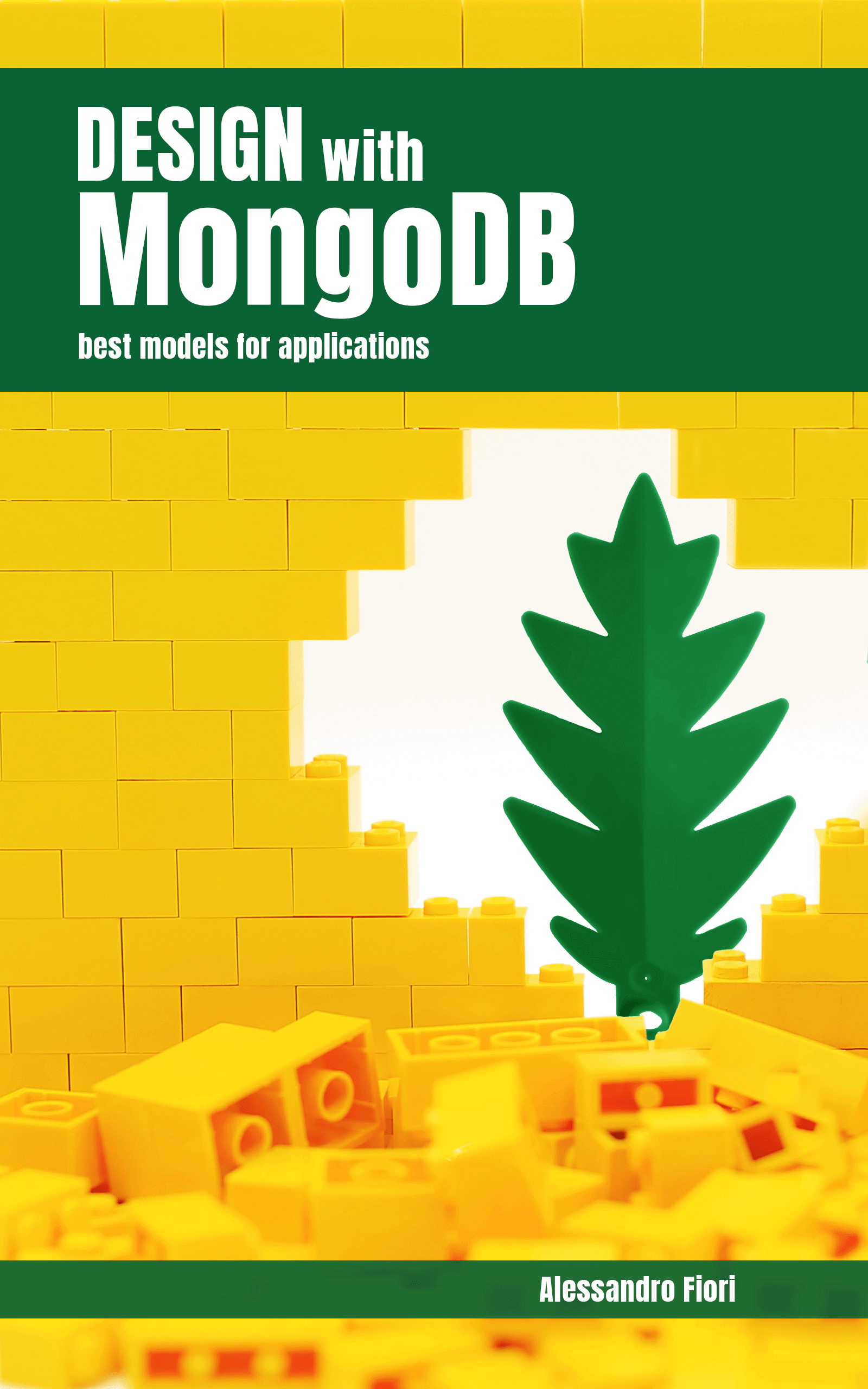Gradio: web applications in python for AI [part1]

Writing web applications for our machine learning and/or artificial intelligence models can take a lot of time and skills that we do not possess. To streamline and speed up this task we are helped by Gradio, a Python library designed to create web applications with just a few lines of code. Let’s discover its basic functionality with some examples.
The best Python frontend libraries for data science
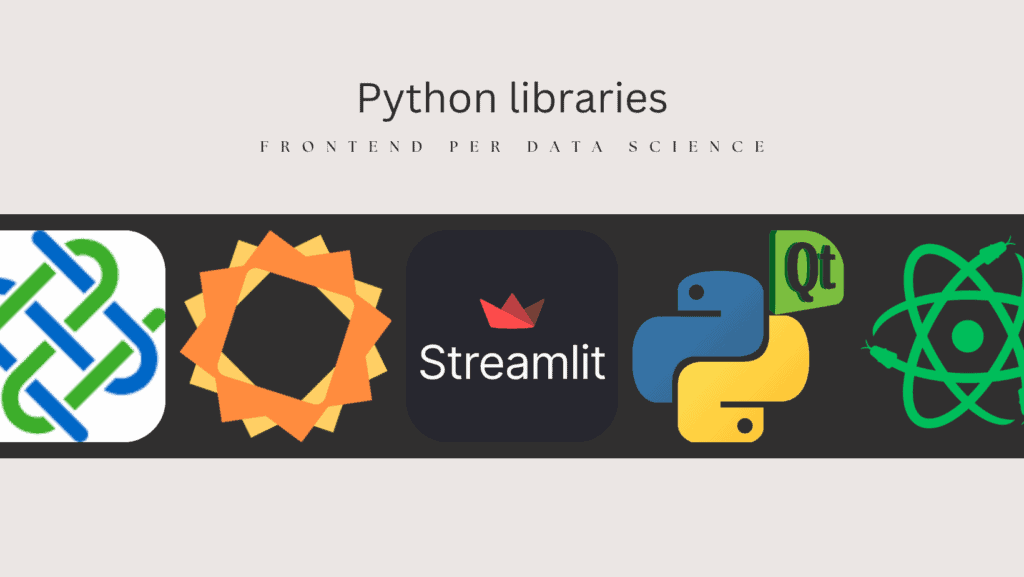
Developing web and desktop applications requires knowledge of several programming languages. Defining user interfaces is a fundamental aspect of providing a good user experience (UX) and viewing information in an effective and appealing manner. For those involved in analysing data or collecting it, however, this aspect is critical. In fact, many developers specialise in one language and are reluctant to expand their knowledge to other languages or tasks that are not their core business. For this reason, in this article we present five libraries in python that can facilitate and speed up the development of user interfaces.
Firebase: how to integrate a real-time database in Python
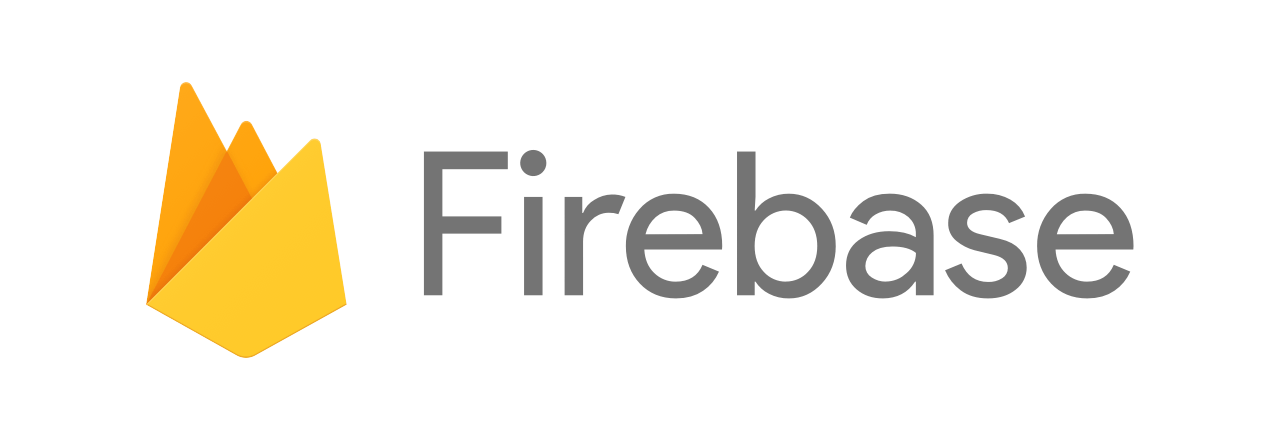
Firebase is a Google Cloud product that can. be used to build web applications quickly and easily. Among its features is the ability to create a NoSQL realtime database. Let’s find out how to interact with the database in a python program.
Plotly Go: advanced visualization in Python
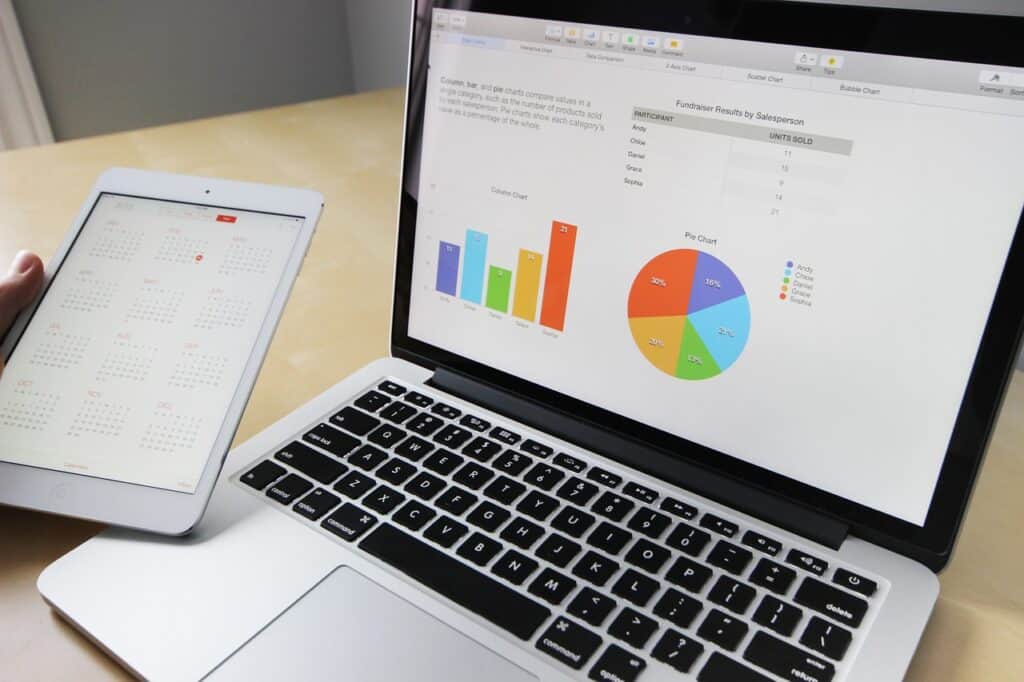
Visualizing data is critical to better understand the data and analysis performed. There are several tools, free and paid, that allow you to create fantastic dashboards. However, it is possible to write a few riches in Python to get great results and be more flexible depending on the project of interest. Let’s find out how to create interactive Scatter Bubble charts with Plotly Go on a real project.
Clustering: a real project to explore data

Clustering is a very powerful tool for grouping data. There are many algorithms that can be applied, so the choice is always difficult. In addition, all clustering algorithms require parameters to work. By means of a real case study, applied to real estate data, we will combine PCA, hierarchical clustering and K-means to provide optimal clustering solutions.
OpenCV and Streamlit: create a photo editing app

Manipulating images is a task that is very useful in several application fields. OpenCV, a Python library, easily allows us to modify images according to our needs. In this tutorial we discover how to build a simple web app using Streamlit to apply some effects to our photos.
Streamlit: how to improve the user experience of a web app
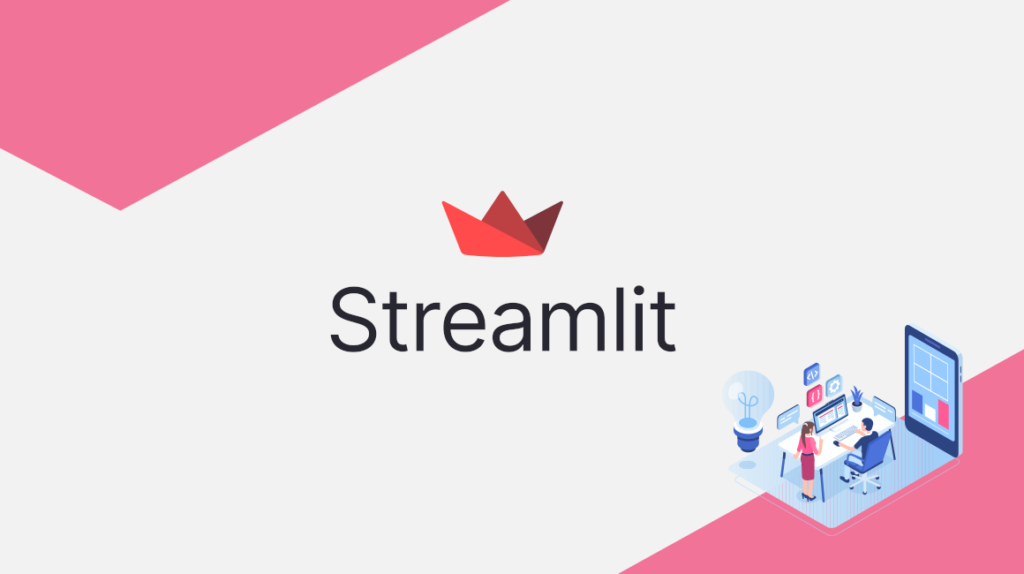
With Streamlit, you can create interactive dashboards in no time. However, the user interface must be intuitive, easy to use and effective. In this tutorial we will discover how to improve a web app with a few simple tricks.
Streamlit: Build a Web App in minutes
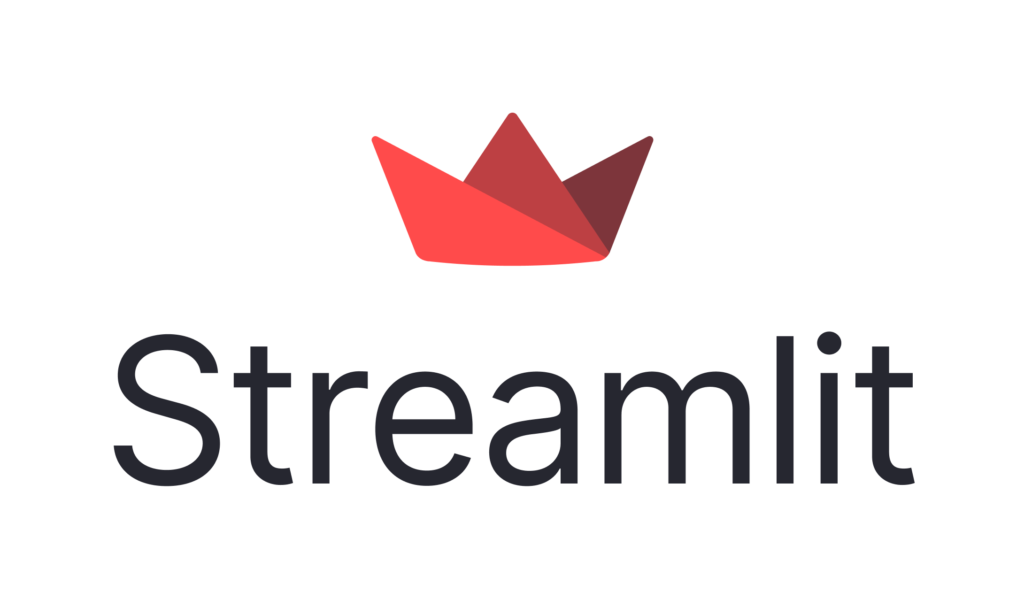
Developing web apps requires a lot of skills not only related to data management and manipulation, but especially data visualization. Using visualization software such as Kibana and Tableau can, in some cases, be the salvation to reduce development time. With Streamlit, a Python framewrok, you can very quickly develop a web app or interactive dashboard without any frontend programming skills. This tutorial will illustrate how you can do it in a few minutes.
GPT-2: automatic text generation with Python
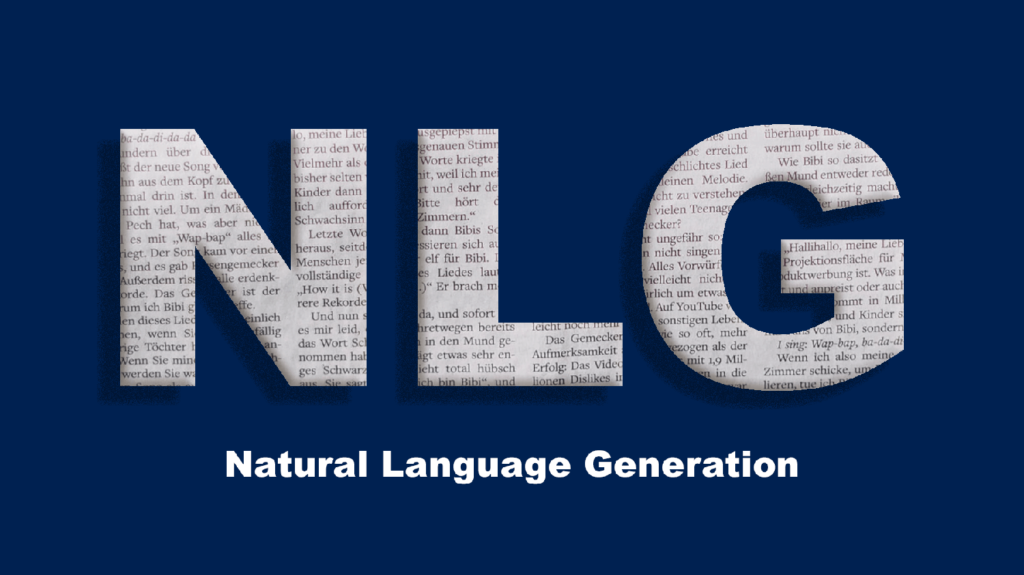
Generating textual content is a challenging job that requires time and resources. With artificial intelligence, it is now possible to generate content simply from a few words. The technologies developed by OpenAI, including GPT-2, have opened new frontiers of application related to Natural Language Generation. Let’s find out how to automatically generate short texts using a few lines of Python code.
Pillow: optimize images with Python
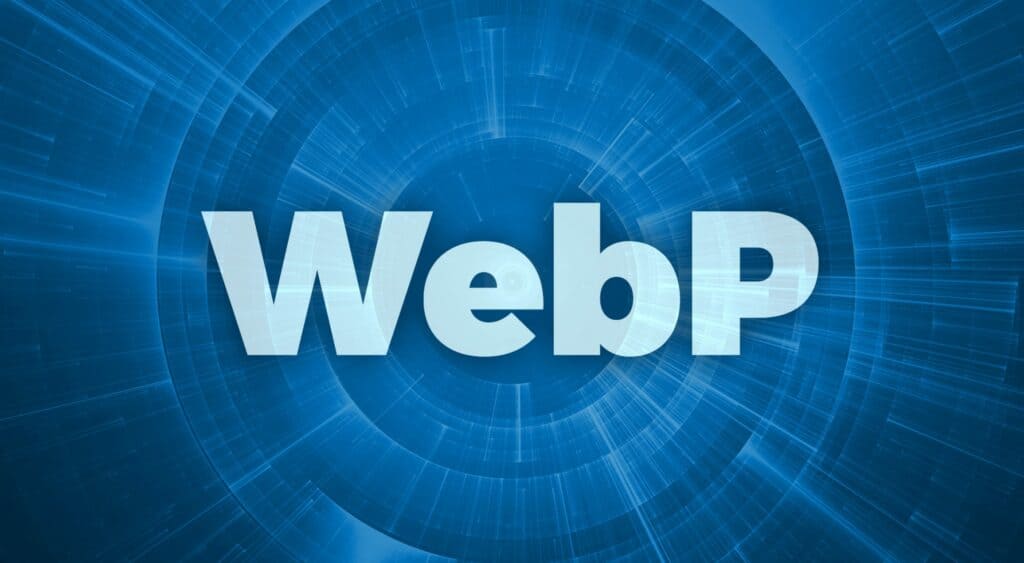
Optimizing images is key to making websites faster and improving SEO. With the advent of WebP format, it is possible to provide quality images but much “lighter”. In this article we discover how to transform jpg and/or png images into the webp format using a few lines of code written in Python and the Pillow library.
